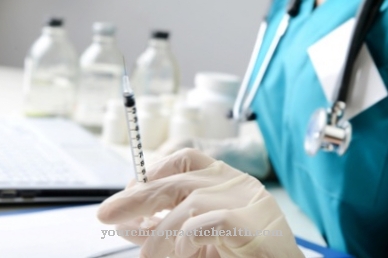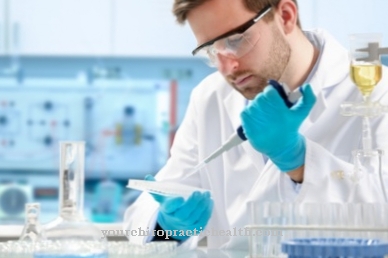The German Bone Marrow Donor Institute (DKMS) is currently keen to find new donors for bone marrow. No wonder one poses Bone marrow donation is the only chance of a cure for many people affected by leukemia and other blood diseases. With over 6 million registered donors, many lives have been saved or prolonged.
What is the bone marrow donation?

Bone marrow donation is usually defined by the disease that this donation is supposed to fight: leukemia, sporadically also referred to as blood cancer. Leukemia is a very dangerous blood disease in which the formation of new white blood cells, the leukocytes, which are part of the immune system, is disturbed.
Like a manufacturing facility that has been presented with an incorrect blueprint, the diseased bone marrow incessantly produces defective leukocytes that attack all other blood cells instead of foreign bodies. Every year around 10,000 people in Germany develop leukemia, including many children and young people. About a fifth of all illnesses are fatal. A donation of healthy bone marrow is still the best chance of a cure to this day.
When looking for the right donor, it is important that the HLA tissue characteristics (human leukocyte antigens) of the sick person and those of the donor are as identical as possible. HLA features are surface features of body cells, certain structures that the immune system uses to differentiate the body's own cells from those of other organisms. There are many different HLA characteristics, and each chromosome has two of them, one from the father and one from the mother. In addition to the more than 100 characteristics that each HLA characteristic can have, this leads to more than 10,000 combinations of different HLA overall pictures.
That is why there are only a few suitable donors for each person. And only a third of all those affected find donors within their own families. That is why external donors are needed who can be referred quickly using the DKMS network. Yet a fifth of all patients still cannot find a donor.
Function, effect & goals
Today there are two different ways of extracting stem cells from the bone marrow from a donor, the first being significantly less invasive: It is the extraction of stem cells from the peripheral blood. In this procedure, it is first necessary to ensure that stem cells are released from the bone marrow and enter the bloodstream.
This is achieved with the drug G-CSF, which is injected under the donor's skin twice a day in a four-day pretreatment. Then the actual extraction begins, in which blood is drained from the donor and filtered in a cell separator - a centrifuge that separates the blood cells according to their mass - before it is returned to the body.
A second method of bone marrow donation, which is rarely used today, is pelvic puncture. Here the marrow is sucked directly from the bone, which takes about an hour and always takes place under general anesthesia. The pelvis is usually used for this because, firstly, it is a very large bone in the human body that can provide and regenerate enough marrow. Second, the bone is on the sides just under the skin, so there is no need to cut deeply to reach the pelvis.
However, this puncture is considerably more aggressive than the peripheral removal of stem cells from the blood, which is why the donor can suffer a blood loss of over a liter with this procedure.
This is compensated by the fact that an autologous blood sample is taken three weeks before the donation. During these weeks, enough blood is replenished, and when the donation itself is made, the stored blood can then be returned to the body. So basically it is a delayed autotransfusion. The bone marrow itself regenerates in its own pelvic bone within just a few weeks, so that the donor does not experience any permanent disadvantage.
Risks, side effects & dangers
Both methods of stem cell collection involve certain, albeit minor, risks and side effects: In the case of peripheral donation, symptoms such as bone, headache or muscle pain can occur as a result of the G-CSF treatment, similar to those of the flu. Allergic reactions can occur, but only in very rare cases. There are no known long-term or permanent side effects of this treatment on the donor.
Surgical bone marrow removal always involves a very low residual risk due to its general anesthesia, as is the case with all operations. Bruising and pain may occur at the bone and skin removal site. But even these unpleasant effects usually heal within just a few days. It can therefore be summarized that the only side effects with this method of bone marrow donation have nothing to do with the loss of the marrow itself, but with the surgical procedure and the inevitable damage to the skin and pelvic bone.
In connection with the possible risks and side effects of bone marrow donation, it should also be mentioned that donors naturally have the right to withdraw from donating without giving a reason if they are too unsure. However, they are only allowed to do this as long as the recipient's preparation has not yet started. This is because his remaining diseased spinal cord is killed with chemotherapy and / or radiation in order to ensure that the fresh donor bone marrow settles smoothly. It should therefore be understandable why withdrawing from bone marrow donation while the patient is already being prepared can endanger the patient's life.



























